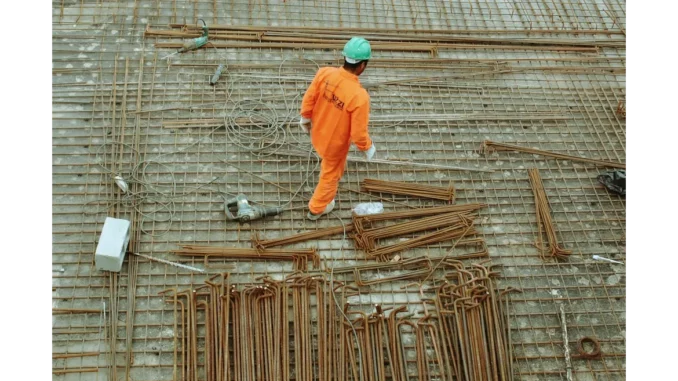
When I sat down with David Thompson, a seasoned site manager with over two decades of experience in the construction industry, it was clear that he had seen the evolution of health and safety regulations firsthand. Our conversation was enlightening, particularly when it came to the topic of control measures on building sites, a crucial aspect of the Construction (Design and Management) Regulations 2015, commonly known as CDM 2015.
Focus360 Energy: property compliance services – pre-planning to post-construction. Learn more.
“People often underestimate the importance of these regulations,” David began, his voice steady and authoritative. “But in reality, they’re the backbone of any safe construction project.”
The CDM regulations, David explained, were introduced in 1994 to improve health and safety across all stages of a project’s development. Over the years, they have been revised multiple times, with the most recent update in April 2015. These regulations outline the responsibilities of various dutyholders, including clients, principal designers, principal contractors, designers, and contractors. The aim is to ensure that risks are managed efficiently throughout the project lifecycle.
“For anyone working in construction, understanding and implementing these regulations is not optional,” David continued. “It’s a legal requirement. But more than that, it’s about keeping people safe. Almost 70,000 construction workers suffered from work-related ill health between 2020 and 2023. That’s a staggering number, and it’s exactly what the CDM regulations are designed to combat.”
David’s perspective was not just theoretical. He recounted a recent project that underscored the importance of rigorous control measures. The project was a large commercial building, involving multiple contractors and a tight deadline. As the principal contractor, David was responsible for ensuring that all health and safety protocols were in place and adhered to by everyone on site.
“We started with a comprehensive risk assessment during the pre-construction phase,” David said. “Identifying potential hazards early on allowed us to implement control measures well before work began. This included everything from securing the site perimeter to prevent unauthorised access, to ensuring that all workers had the necessary personal protective equipment.”
David emphasised that control measures are not a one-time task but an ongoing process. “Safety is dynamic. As the project progresses, new risks can emerge. That’s why we have regular safety briefings and update our risk assessments. It’s about staying vigilant.”
One of the key aspects of the CDM regulations is the role of the principal designer, who is responsible for coordinating health and safety during the pre-construction phase. David highlighted how crucial this role is in setting the tone for the entire project.
“Our principal designer was instrumental in identifying design elements that could pose risks,” David recalled. “For instance, they flagged a potential issue with the placement of scaffolding near overhead power lines. By addressing this early on, we could redesign the scaffolding layout to eliminate the risk entirely.”
Another critical element is the construction phase plan, which outlines how health and safety will be managed during the build. David showed me a detailed construction phase plan from one of his projects. It was a comprehensive document, covering everything from site security to emergency procedures.
“The construction phase plan is like our roadmap,” David explained. “It ensures that everyone knows their responsibilities and that we are all working towards the same goal: a safe, efficient project.”
David also stressed the importance of communication and coordination among all dutyholders. “It’s not just about having the right plans and procedures in place. It’s about making sure everyone understands them and follows them. Regular meetings and clear communication channels are essential.”
As our conversation drew to a close, David reflected on the broader impact of the CDM regulations. “These regulations have made a significant difference in our industry. They have raised the bar for health and safety and have undoubtedly saved lives. But there’s always room for improvement. We need to keep pushing for better practices and higher standards.”
Listening to David, it was evident that the CDM regulations are more than just a set of rules. They are a framework for creating safer, healthier work environments. Implementing control measures to reduce risks isn’t just about compliance; it’s about protecting the people who bring these projects to life.
In the end, David’s message was clear: “Ensuring health and safety on a building site is everyone’s responsibility. From the client to the contractor, we all have a role to play. By working together and staying committed to the principles of the CDM regulations, we can make our industry safer for everyone.”
John Williams


Be the first to comment